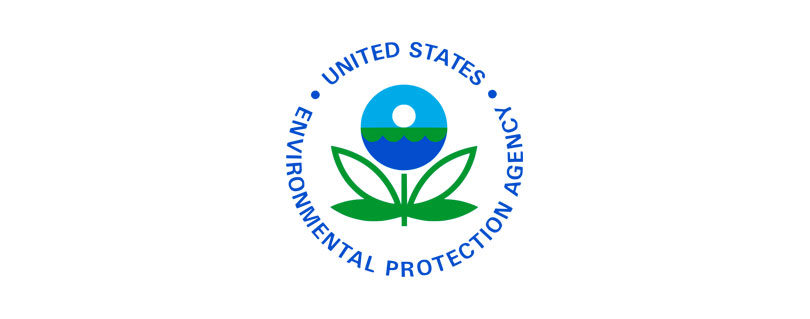EPA Marks National Pollinator Week by Proposing Protections for 27 of the Most Vulnerable Endangered Species, Including Some Pollinators, from Pesticides
Publilshed by the U.S. Environmental Protection Agency (EPA)
WASHINGTON — Today, during National Pollinator Week, the U.S. Environmental Protection Agency (EPA) is continuing its work to protect pollinators by proposing geographically-specific protections that would limit the use of pesticides in the habitat of 27 endangered and threatened (listed) species, including some pollinators. The Agency is releasing for public comment a draft white paper that describes these proposed mitigation measures as part of its Vulnerable Species Pilot announced last year. EPA is also updating the interactive endangered species StoryMaps released last month to include information on all 27 listed species and the proposed mitigation measures for each.
Pollination is crucial to over 1,200 food crops and provides nourishment to nearly 200,000 different plants that yield various oils, cotton, clean air, seeds, and vegetables. As a result, one-third of the nation’s food supply depends on pollination. Earlier this week, EPA Administrator Michael S. Regan issued a proclamation in support of National Pollinator Week. The proclamation recognizes the importance of pollinators to America’s food systems and ecosystems. It also highlights EPA’s work to protect pollinators by developing new strategies like the geographically-specific mitigations discussed below and the importance of continued collaboration with other federal agencies.
“Pollinator health affects biodiversity, ecosystems, global food supplies, and human health,” said EPA Deputy Assistant Administrator for Pesticide Programs Jake Li. “The proposed mitigations we’re announcing today are tailored to where these 27 listed species, including pollinators, live and our new maps make it easy for people to find and visualize this important information.”
White Paper Proposing Mitigations for the 27 Vulnerable Species
EPA is releasing a draft white paper for public comment in support of the Agency’s Vulnerable Species Pilot that identifies draft mitigation measures for the 27 vulnerable listed species, all of which EPA identified as being particularly vulnerable to pesticide exposure. The species include several pollinators like the Poweshiek skipperling butterfly, the rusty patched bumble bee, and the Taylor’s checkerspot butterfly. Through the pilot, EPA selected these species and developed proposed mitigations and an implementation plan to reduce their exposure to outdoor uses of conventional pesticides.
The pilot species are particularly vulnerable because of a combination of factors including a limited geographic range, small population size, and high susceptibility to environmental stressors such that effects to even a small number of individuals can harm the entire species.
EPA is proposing mitigations to protect areas where species most likely live from being exposed to spray drift and runoff from pesticide-treated areas. Because the pilot species are some of the most vulnerable, EPA designed the mitigation measures to be both broad enough that the mitigations are protective of the pilot species and simple enough that pesticide users can easily understand and implement the mitigations.
This initiative is part of EPA’s work to meet its obligations under the Endangered Species Act (ESA), and furthers the goals outlined in EPA’s ESA Workplan to provide practical protections for listed species from pesticides. The draft white paper includes:
- how EPA selected the 27 species;
- proposed mitigations;
- a plan for implementing the proposed mitigations; and
- a proposed plan to consider expanding the pilot to other vulnerable listed species in the future.
The goal of these mitigations is to avoid and minimize exposure, and thus advance EPA’s ability to meet its ESA obligations and develop efficiencies for future consultations.
The draft white paper is available in docket EPA-HQ-OPP-2023-0327 for public comment for 45 days.
Additional StoryMaps on Endangered Species
EPA also continues to advance pollinator and other vulnerable species outreach efforts through StoryMaps to raise public awareness about protecting endangered species from pesticides. Last month, EPA released StoryMaps for 11 pilot species. This week, the Agency is updating these StoryMaps to add 16 additional pilot species and include information on the proposed mitigations announced today.
These StoryMaps use an interactive format to describe the pilot species, their habitats, and why they are potentially at risk from pesticide exposure. These StoryMaps offer the unique ability to convey geospatial information about the location of these species and the proposed protections identified. For example, users can zoom in on the maps to view specific locations that may be of interest to them (e.g., where pesticide restrictions may apply to protect each species). Engaging the public and stakeholders through maps, other visuals, and narratives can help convey complex information in an easy-to-understand manner, offering a greater sense of place-based mitigations for listed species.
Learn more about EPA’s pollinator protection efforts and how you can help pollinators by visiting Protecting Bees and Other Pollinators from Pesticides.
Read the full article at: https://www.epa.gov/newsreleases/epa-marks-national-pollinator-week-proposing-protections-27-most-vulnerable-endangered



